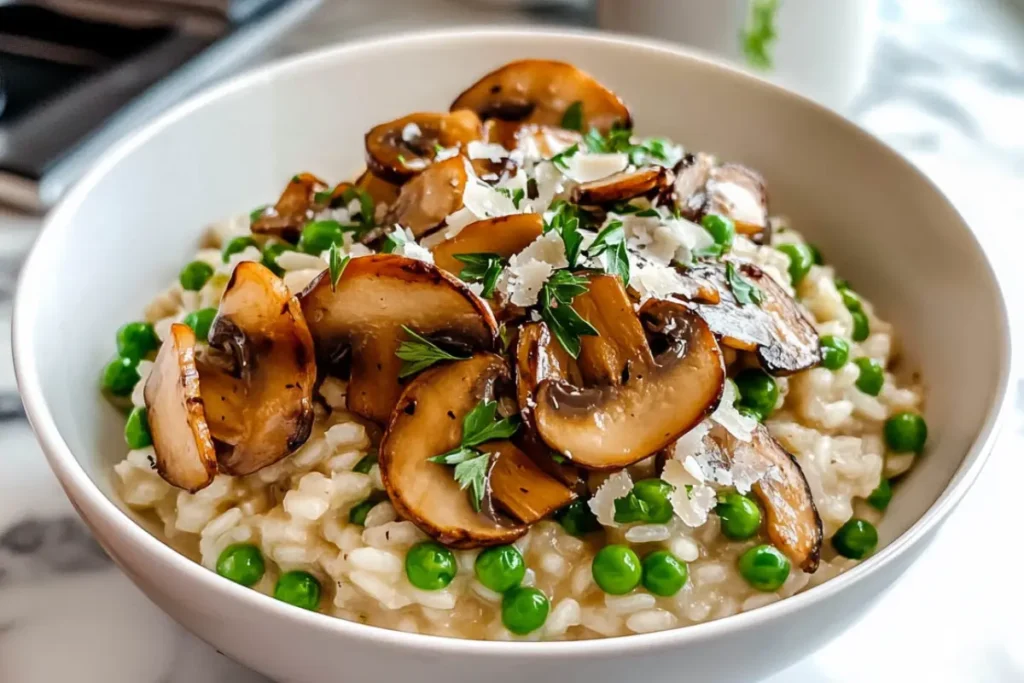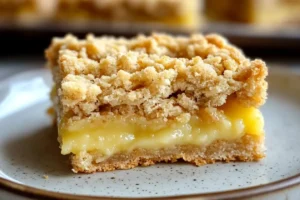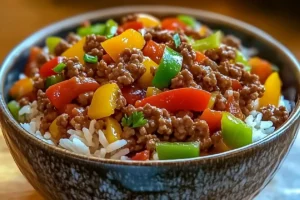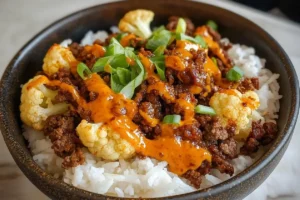Mushroom pea risotto is the kind of dish that brings warmth to the table. With its creamy texture, rich umami from mushrooms, and a subtle sweetness from green peas, it offers a satisfying bite in every spoonful. Whether you’re preparing a weeknight dinner or hosting friends for a cozy gathering, mushroom pea risotto is a recipe that feels special without requiring fancy techniques.
This dish combines everyday ingredients with a bit of patience to create something truly memorable. Mushroom pea risotto isn’t just about rice—it’s about slow-cooked flavor, balance, and texture. In this guide, you’ll learn what makes it stand out, how to perfect it, and what to pair it with for a full meal experience.
Table of contents
- The Best Mushroom Pea Risotto Recipe for Comfort Food Nights
- Ingredients for Mushroom Pea Risotto and Why Each One Matters
- Step-by-Step: How to Make Mushroom Pea Risotto Like a Pro
- Best Proteins to Pair with Mushroom Pea Risotto
- Secrets to a Perfect Mushroom Pea Risotto Every Time
- How to Serve and Store Mushroom Pea Risotto Properly
- Frequently Asked Questions About Mushroom Pea Risotto
- Conclusion
The Best Mushroom Pea Risotto Recipe for Comfort Food Nights
What Makes Mushroom Pea Risotto So Popular
Mushroom pea risotto has earned its place as a go-to comfort dish. It’s creamy, rich, and balanced with the earthy depth of mushrooms and the bright, sweet pop of green peas. Unlike many one-pot meals, this risotto delivers gourmet flavor with just a handful of ingredients. It feels fancy but remains approachable for home cooks.
What really sets mushroom pea risotto apart is its ability to satisfy without being heavy. Arborio rice releases starch during cooking, naturally creating a creamy base—no cream required. The mushrooms bring umami, making every bite complex. Green peas add not just color but a natural sweetness that balances the richness.
You can serve it as a main course or a side, and it fits into vegetarian diets while pairing easily with proteins like chicken or shrimp. On cooler nights, mushroom pea risotto feels like a warm hug in a bowl, which is why many home chefs keep it in their regular rotation.
This recipe also offers flexibility. You can use fresh or frozen peas. White or cremini mushrooms work well. And whether you cook with chicken stock or veggie broth, the result still impresses.
Flavor Profile and Ideal Occasions to Serve It
The flavor of mushroom pea risotto is earthy, nutty, slightly sweet, and deeply savory. The mushrooms provide depth, while peas add a light counterbalance. When cooked properly, each spoonful delivers a smooth texture with just a bit of bite from the rice.
Because of its rich yet balanced profile, mushroom pea risotto is a great fit for several occasions:
- Weeknight Dinners: It’s a satisfying meal you can cook in under an hour.
- Date Nights: Elegant enough to feel special, but no need to leave the house.
- Family Meals: Even picky eaters often love the creamy texture and mild flavor.
- Holiday Sides: It pairs beautifully with turkey, chicken, or roasted beef.
The beauty of risotto is that it can serve as both a star and a support player. If you’re cooking for vegetarians, it stands strong on its own. For a crowd, add a protein and salad for a complete menu.
For similar comfort food ideas with a creamy twist, check out this cheesy rice recipe or try chicken and yellow rice casserole if you’re looking for baked rice alternatives.
Ingredients for Mushroom Pea Risotto and Why Each One Matters
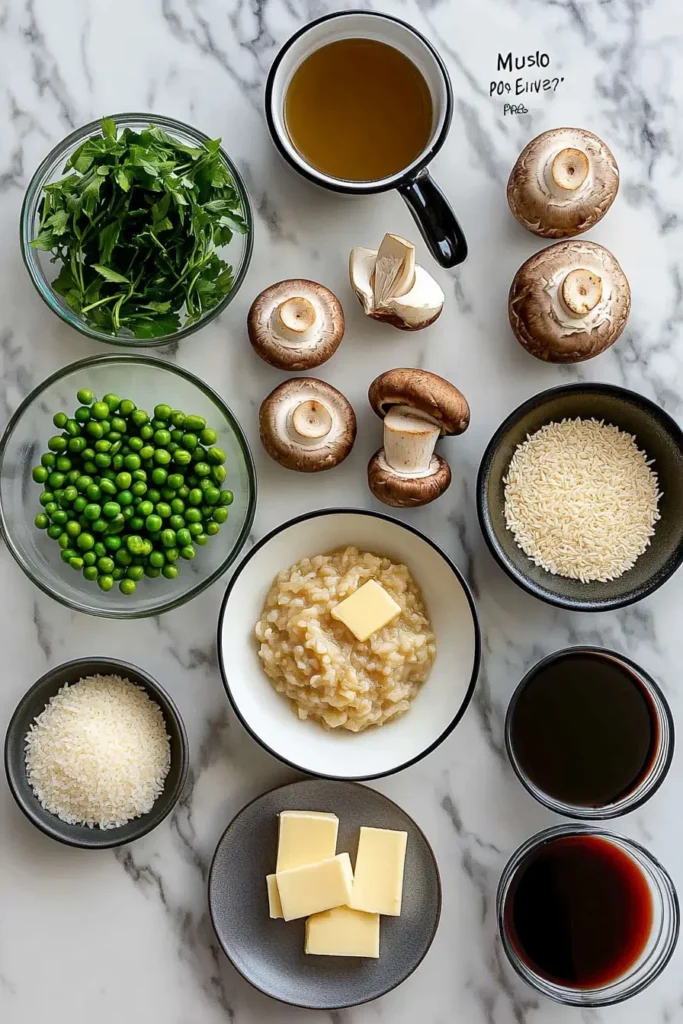
Essential Ingredients for Perfect Texture and Taste
To make a truly flavorful mushroom pea risotto, each ingredient plays a specific role. This isn’t a recipe where substitutions always work. Balance is key. Here’s what you need and why it matters:
- Arborio Rice: This short-grain rice is the foundation. It absorbs liquid slowly and releases starch as it cooks, giving risotto its creamy texture without the need for cream.
- Fresh or Dried Mushrooms: Mushrooms bring an earthy, umami-rich flavor. Cremini, white button, or even portobello mushrooms work well. Dried mushrooms (like porcini) can add even deeper flavor when rehydrated.
- Green Peas: These offer a pop of sweetness and color. Fresh peas are great in spring, but frozen peas work year-round and still deliver great texture.
- Onion or Shallots: Finely chopped, these add a mild background sweetness that supports the overall flavor without overpowering it.
- Garlic: Just a clove or two adds depth and savory notes.
- Vegetable or Chicken Broth: Always warm your broth before adding it in increments. A cold broth can disrupt the cooking process.
- White Wine (Optional): Adds acidity to balance richness. A dry white wine works best.
- Butter and Olive Oil: Start with olive oil to sauté vegetables, and finish with butter for added richness.
- Parmesan Cheese: Adds saltiness and sharp flavor. Use freshly grated for the best results.
Every ingredient serves a function. Skipping any of these can impact texture, taste, or balance. That’s why a solid understanding of each element is key to getting risotto just right.
Fresh vs. Frozen Peas and Mushroom Options
Some ingredients offer flexibility, especially peas and mushrooms. Here’s what to consider when choosing:
| Ingredient | Fresh | Frozen/Dried |
|---|---|---|
| Peas | Bright flavor, crisp texture | Convenient, available year-round |
| Mushrooms | Firmer, more defined texture | Intense umami when rehydrated |
If you’re aiming for a stronger, more savory profile, consider using a mix of fresh and dried mushrooms. Want something more delicate? Stick with fresh creminis or white buttons.
Need more rice dish inspiration? Check out this sweet rice recipe for a dessert take, or explore taco rice for a spiced-up twist.
Step-by-Step: How to Make Mushroom Pea Risotto Like a Pro
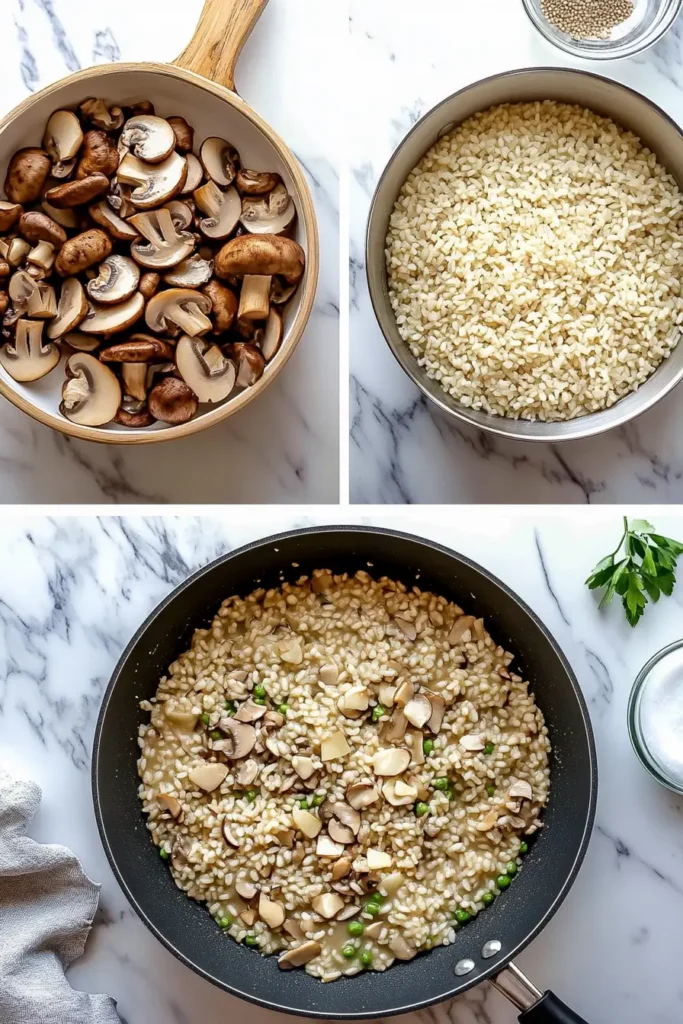
Cooking Instructions for a Creamy Consistency
Making mushroom pea risotto requires attention, but it’s simpler than it seems. Follow this sequence, and you’ll get that creamy texture without overcooked rice or gummy results.
1. Prep the Ingredients:
Chop onions finely, slice mushrooms, and have your peas measured and ready. Heat your broth in a separate pot and keep it simmering.
2. Sauté the Base:
In a large pan, heat olive oil over medium heat. Add onions and a pinch of salt. Stir until soft and translucent, not browned—about 5 minutes. Add mushrooms and cook until they reduce in size and release moisture. Toss in the garlic and stir for 30 seconds.
3. Toast the Rice:
Add arborio rice directly into the pan. Stir constantly for about 2 minutes until the grains are slightly translucent on the edges. This step gives risotto its signature bite.
4. Deglaze with Wine (Optional):
Pour in a splash of white wine and stir until it’s mostly absorbed. If skipping wine, move to the next step.
5. Add Broth Gradually:
Start adding warm broth, one ladle at a time. Stir after each addition and wait until the liquid is almost fully absorbed before the next. This process should take 18–20 minutes. Stir often—it helps release starch from the rice, creating creaminess.
6. Stir in Peas and Finish:
Add peas during the last 5 minutes. Once the rice is al dente and the texture creamy, remove from heat. Stir in butter and grated parmesan. Let it rest for 2–3 minutes before serving.
You now have a rich, flavorful mushroom pea risotto with a smooth finish and no heavy cream.
Mistakes to Avoid When Making Risotto
Even a great recipe can fall apart with small missteps. Here are the top mistakes and how to avoid them:
- Adding all broth at once: It turns the dish into soup. Slow ladling keeps texture right.
- Overcooking the rice: Risotto should be creamy, not mushy. Stop cooking when there’s a slight bite.
- Using cold broth: Always warm your stock to maintain cooking temperature.
- Skipping the stir: Regular stirring prevents rice from sticking and helps the starch develop evenly.
- Not tasting as you go: Adjust seasoning throughout—especially salt, depending on your broth and cheese.
Once you’ve mastered the process, it becomes second nature. The key to risotto isn’t just ingredients—it’s timing, patience, and a steady hand.
Best Proteins to Pair with Mushroom Pea Risotto
What Protein Is Best with Mushroom Risotto
Mushroom pea risotto is a rich and satisfying dish, but pairing it with the right protein can turn it into a complete and impressive meal. The earthy tones of mushrooms and the soft sweetness of peas work well with both plant-based and meat options.
Here are the best proteins to serve with mushroom risotto:
- Grilled Chicken Breast: Light and juicy, chicken complements risotto without overpowering it. It adds lean protein and a clean contrast to the creamy rice.
- Pan-Seared Scallops: For a more elegant option, scallops bring a sweet, delicate flavor that pairs beautifully with the richness of risotto.
- Garlic Butter Shrimp: Bold but not too heavy, shrimp works well with mushroom-based risottos, especially if seasoned lightly with lemon and herbs.
- Pork Tenderloin: Sliced medallions of herb-crusted pork deliver both tenderness and flavor balance.
- Soft-Boiled or Poached Eggs: For a vegetarian-friendly protein, a runny egg on top adds richness and a luscious bite.
- Crispy Tofu or Tempeh: Marinated and pan-seared tofu or tempeh adds a firm texture and mild flavor for plant-based eaters.
Choose based on your occasion. Want light and fresh? Go with grilled chicken. Want something fancy? Scallops or shrimp do the trick.
How to Balance Flavors with Meats or Plant-Based Options
Balance is essential when serving proteins with mushroom pea risotto. Since risotto is creamy and full-flavored, your protein should contrast with texture but not compete with richness.
Here’s how to get it right:
- Don’t Oversauce the Protein: Avoid heavy gravies or cream-based sauces. The risotto already carries that creamy load. A simple herb rub or light glaze is best.
- Season Lightly: Keep spices and seasoning complementary. Garlic, rosemary, thyme, and lemon work well.
- Aim for Texture Contrast: Grilled, seared, or crispy proteins add a satisfying bite against the smooth risotto.
Pairing protein is also a great way to stretch a single risotto batch into multiple meals. You can serve a meat option for one night, and a vegetarian topping the next.
For side ideas, visit this steak and pasta recipe or try a simple pasta and peas for more green-packed dishes.
Secrets to a Perfect Mushroom Pea Risotto Every Time
What Is the Secret to a Good Risotto
Making mushroom pea risotto isn’t just about following a recipe. It’s about mastering small techniques that lead to big flavor. The difference between “good” and “great” often comes down to attention to detail.
Here are the real secrets:
- Use Arborio Rice Only: This specific short-grain rice holds its shape and releases just enough starch to create creaminess.
- Warm the Broth First: Always keep your broth hot before ladling it into the rice. Cold broth interrupts cooking and affects texture.
- Stir Frequently, But Not Constantly: Stirring releases starch, which makes the dish creamy. Stir every minute or so—not nonstop.
- Add Broth Gradually: The “one ladle at a time” method ensures you don’t over-saturate the rice and keeps it from turning to mush.
- Don’t Overcook the Rice: Stop cooking when it’s al dente—meaning tender but still has a slight bite.
- Finish with Cold Butter and Fresh Parmesan: Stirring these in off the heat creates an ultra-rich texture without extra cream.
- Let It Rest for 2 Minutes: Just like pasta, risotto benefits from a brief rest. It thickens slightly and flavors settle.
These aren’t fancy secrets—they’re practical habits that lead to consistent results every time.
Cooking Tips from Top Chefs
Professional chefs rely on a few extra techniques to really take risotto up a notch. If you want restaurant-level mushroom pea risotto, these tips help:
- Use a Wide, Shallow Pan: It helps liquid evaporate at the right rate and cooks the rice more evenly.
- Layer the Mushrooms: Sauté half with the onions and garlic. Reserve the rest to sauté separately and stir in at the end for texture and bold flavor.
- Add Lemon Zest Right Before Serving: It cuts through the richness and adds brightness without overpowering.
- Use Real Parmesan (Parmigiano-Reggiano): Pre-shredded cheeses often have anti-caking agents. Freshly grated makes a big difference.
You don’t need culinary school—just a few smart habits. Once these become second nature, you’ll find your mushroom pea risotto consistently delivers both flavor and texture.
If you’re looking for other dishes that benefit from simple but powerful cooking tricks, try this buttery baked beans recipe or learn the steps in how to cook boneless short ribs—both teach similar principles of low-and-slow flavor building.
How to Serve and Store Mushroom Pea Risotto Properly
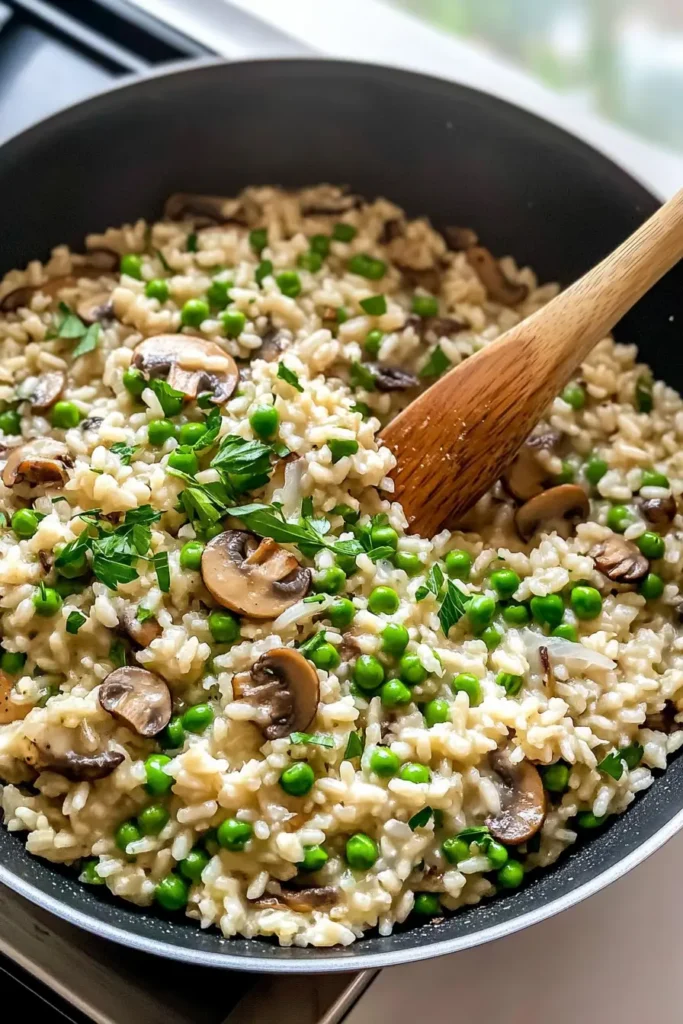
Best Side Dishes, Garnishes, and Presentation Tips
Mushroom pea risotto is satisfying on its own but shines even brighter with the right presentation and accompaniments. Whether you’re preparing it for a casual dinner or a holiday meal, how you serve it makes a difference.
Simple yet elegant ways to serve:
- Plating: Spoon the risotto into a shallow bowl and use the back of the spoon to gently spread it out. Top with extra parmesan or a swirl of olive oil.
- Garnishes: Fresh parsley, lemon zest, or microgreens add visual appeal and a fresh pop of flavor.
- Crunch Factor: Add toasted pine nuts or crispy shallots on top for texture contrast.
- Color Boost: A few sautéed mushrooms or peas set aside for garnish help highlight the ingredients visually.
Best side dish ideas:
- Simple Arugula Salad: A peppery salad with lemon vinaigrette cuts through the richness.
- Roasted Asparagus: Earthy vegetables pair naturally with the dish’s flavors.
- Garlic Bread: Ideal if you want to make the meal more filling.
Storing and Reheating Without Losing Creaminess
Risotto is best enjoyed fresh, but leftovers still have potential if stored and reheated properly. Here’s how to keep that creamy texture:
Storage Tips:
- Cool Quickly: Spread leftover risotto on a baking sheet to cool faster before storing.
- Refrigerate in Airtight Container: Store for up to 3 days.
- Avoid Freezing: Risotto’s creamy texture breaks down when frozen and reheated.
Reheating Tips:
- Stovetop Method: Place risotto in a nonstick pan with a splash of warm broth or water. Stir until warmed through and creamy.
- Microwave Shortcut: Add a tablespoon of broth and heat in 30-second intervals, stirring between rounds.
Refresh the Flavor:
After reheating, stir in a small knob of butter or a sprinkle of parmesan to revive richness and shine.
Want more meal-prep ideas that store well? Try crescent roll breakfast recipes or keep it light with this mini pancakes option for make-ahead breakfasts.
Frequently Asked Questions About Mushroom Pea Risotto
What protein is best with mushroom risotto?
Grilled chicken breast, garlic butter shrimp, and seared scallops pair beautifully with mushroom risotto. For vegetarian options, try a soft-poached egg or crispy tofu. The protein should be lightly seasoned to complement—not overwhelm—the dish’s creamy, earthy base.
What do you need for mushroom risotto?
You’ll need arborio rice, mushrooms, green peas, onions or shallots, garlic, broth (chicken or vegetable), butter, olive oil, and parmesan cheese. Optional ingredients include dry white wine and herbs like parsley or thyme. Each element plays a role in flavor and texture.
What is the secret to a good risotto?
The secret lies in technique: stir frequently, add warm broth gradually, and use the right rice—like arborio. Finish off the heat with cold butter and freshly grated parmesan for rich, smooth results. Avoid rushing the process and don’t overcook the rice.
What does pea risotto taste like?
Pea risotto tastes mildly sweet and creamy, with bright green notes from the peas. When combined with mushrooms, the flavor becomes more complex—earthy and savory with a fresh contrast. The overall taste is balanced, rich, and comforting.
Conclusion
Mushroom pea risotto blends comfort, elegance, and everyday ingredients into one unforgettable dish. With its creamy base, rich umami from mushrooms, and vibrant sweetness from peas, it satisfies both picky eaters and seasoned foodies alike.
From selecting the right rice to getting the timing just right, the steps are simple—but they matter. This dish isn’t just about taste—it’s about patience, balance, and rhythm. Whether you’re cooking for family or hosting guests, mushroom pea risotto never fails to impress.
Add your personal spin with proteins, garnishes, or broths, and you’ll keep discovering new ways to enjoy it. Master this classic, and you’ll always have a reliable, flavorful dish in your back pocket.
Craving more tasty recipes? Follow @butteryrecipes on Pinterest and Facebook for daily inspiration!
Print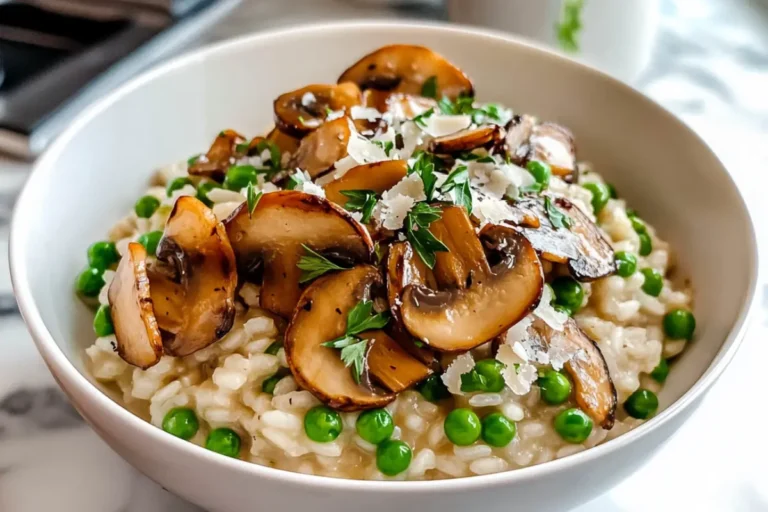
Mushroom Pea Risotto: A Simple Guide to Pure Delight
Mushroom pea risotto is creamy, earthy, and slightly sweet—an elegant comfort food perfect for weeknights or special gatherings.
- Total Time: 40 minutes
- Yield: 4 servings 1x
Ingredients
- 1 ½ cups Arborio rice
- 2 tablespoons olive oil
- 1 small onion, finely chopped
- 2 garlic cloves, minced
- 8 oz cremini or white mushrooms, sliced
- ¾ cup frozen or fresh green peas
- ½ cup dry white wine (optional)
- 5 cups warm vegetable or chicken broth
- 2 tablespoons unsalted butter
- ½ cup freshly grated Parmesan cheese
- Salt and black pepper, to taste
Instructions
- Heat broth in a separate pot and keep it simmering.
- In a large pan, heat olive oil over medium heat. Add onions and a pinch of salt, cooking until translucent.
- Add mushrooms and cook until softened. Stir in garlic and cook for 30 seconds.
- Add Arborio rice and toast for 2 minutes, stirring constantly.
- Pour in white wine (if using) and stir until absorbed.
- Begin adding warm broth one ladle at a time, stirring and allowing each to absorb before the next. Repeat for 18–20 minutes.
- Add peas during the last 5 minutes of cooking.
- Once rice is al dente and mixture creamy, remove from heat. Stir in butter and Parmesan cheese.
- Let rest 2–3 minutes before serving. Season with salt and pepper to taste.
Notes
Use warm broth and stir often for best creaminess. Avoid overcooking the rice—it should be tender with a slight bite.
- Prep Time: 10 minutes
- Cook Time: 30 minutes
- Category: Main Course
- Method: Stovetop
- Cuisine: Italian
- Diet: Vegetarian
Nutrition
- Serving Size: 1 bowl
- Calories: 420
- Sugar: 4g
- Sodium: 680mg
- Fat: 16g
- Saturated Fat: 7g
- Unsaturated Fat: 8g
- Trans Fat: 0g
- Carbohydrates: 52g
- Fiber: 3g
- Protein: 11g
- Cholesterol: 25mg
Keywords: mushroom risotto, pea risotto, vegetarian dinner, creamy rice, comfort food
